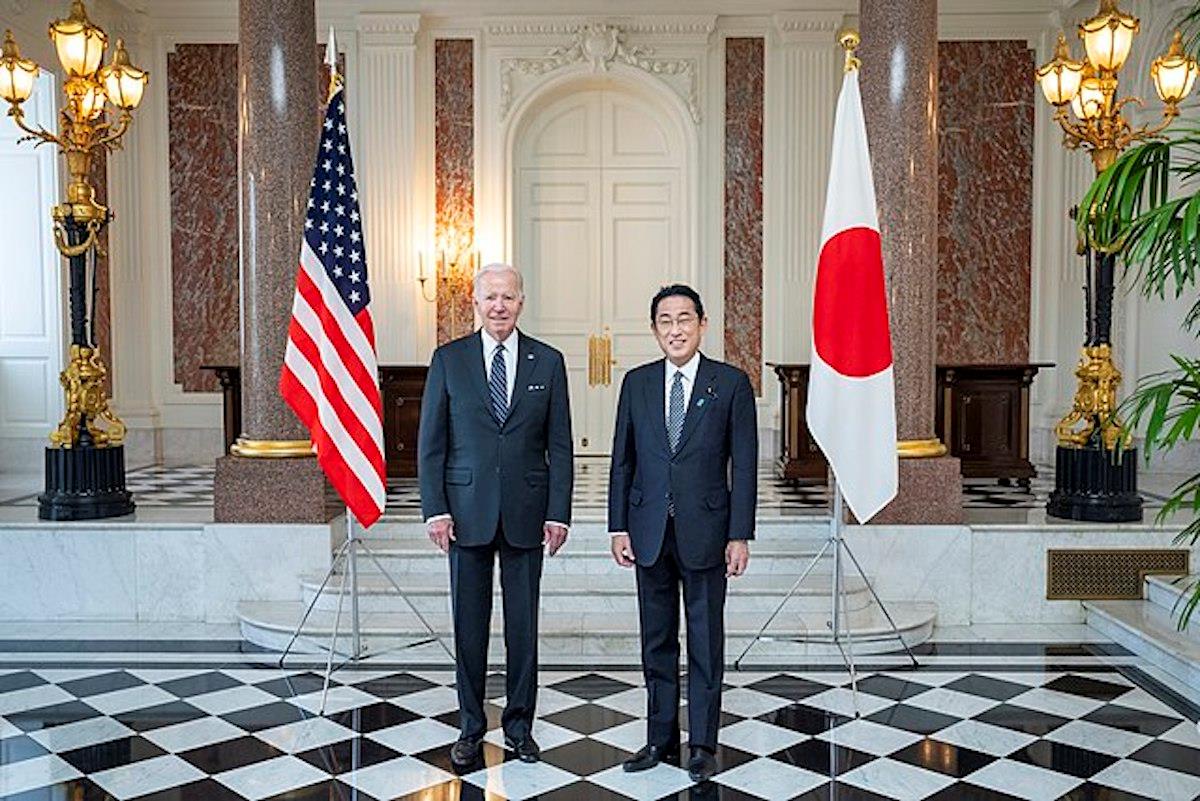Defense One also notes that China is allocating more AI efforts to defense applications, while the US focuses on the consumer sector.
Noting the disparity between the US and China in investments in military AI, the source notes that the People's Liberation Army (PLA) allocates 1-2% of its budget to AI development.
By contrast, the source says the US Department of Defense (DOD) allocates 0.1-0.2% of its budget to AI.
Defense One also notes China's more significant investment in AI critical research and development, citing a
2023 report
by Govini, a data analytics and decision sciences company, that shows a big gap between the top 100 US defense companies and top US AI companies.
The source also noted that the Chinese government's political fragility and associated strict content controls could compromise the quality of Chinese AI, adding that the best thing the US military could do now is to take stock of its data and use it to train new AI models for operations, manufacturing, transportation and logistics.
China may have many factors in its favor in its AI rivalry with the US, such as its autocratic political system, effective implementation of AI technology, and national determination to upstage the US.
China's autocratic political system may be working in its favor to speed up its AI development. Christy DeSmith notes
in a may 2023 article for the harvard gazette
that authoritarian regimes would like to predict the whereabouts, thoughts, and behavior of their citizens, mentioning that since AI is primarily a tool for prediction, the purpose of AI and intent of autocratic regimes converge.
Latest stories

why isis doesn't always publicize its attacks

will hun manet reset ties with the west?

japan enacts chip export controls at us behest
She also says China's large population and market size allow the Chinese government to collect vast amounts of data for analysis, allowing companies with government contracts to use state data to bolster commercial projects.
Effective implementation of AI technology may also be China's competitive advantage compared with the more laissez-faire approach favored by the US.
in an october 2018 article for wired , Michelle Groskopf says China is the leader in AI implementation, with speed, execution, product quality, and government support propelling Chinese AI companies to be equal to or ahead of their US counterparts in these areas.
Regarding speedy implementation, Groskopf says China's entrepreneurs follow a“fail fast, fail early, and fail often” approach, with this rapid prototyping and testing process allowing the quick identification of winners.
She also says China's autocratic corporate culture, where the CEO usually has absolute power over the company and is unafraid to take risks, makes execution much more effective.
Groskopf says fierce competition pushes Chinese entrepreneurs to improve their products quickly and develop impregnable business models while rapidly embracing new products and paradigms.
In addition, state support paradigms frame the government as a source of strategic guidance, a regulator who intervenes to support proven technologies, and a provider of infrastructure, in contrast to Western paradigms that de-emphasize the role of the government.
National determination also drives China to close its gap with the US in AI development. Roberts and other writers note
in a 2021 article in the peer-reviewed journal AI & Society
that China's 2017 strategy for developing AI outlines the country's ambitions to become an AI world leader by 2030, monetize AI into a US$150 billion industry, and become a driving force setting international norms and standards for AI.
Given that, Beijing's strategic focus and investment in military and commercial AI technology present the most significant challenge to US technological dominance since the era of the Soviet Union.
Despite those factors favoring China in the AI supremacy race, the US still has some trump cards, which, if played wisely, can twist the competition.
Innovation is one of the United States' enduring strengths in the race to maintain its lead over China in AI.
Andrew Imbrie and other writers note
in a january 2020 policy brief for the Center for Security and Emerging Technology (CSET)
that America's innovation advantage has emerged under unique historical and institutional conditions that have been difficult to copy elsewhere, since the combination of labor and capital can promote technological advances and enable entrepreneurship, which requires tolerance for risk and failure.
They highlight the vital need for the US to leverage its labor and capital toward new and innovative concepts, utilizing its top-tier universities and businesses, superior living standards, competitive compensation, and adherence to human rights and democratic principles.
Further, Lauren Kahn
notes in an october 2021 article for the Council of Foreign Relations
that the private sector drives AI development rather than the defense sector. She notes that while singularly applicable technologies to military purposes diffuse more slowly, multi-use technologies such as AI have added market incentives to accelerate their development.
The US is also home to many of the world's most valuable companies engaged in cutting-edge AI research, such as Google, Meta and Microsoft, to name a few.
In line with that, Tasha Austin notes
in an october 2022 wall street journal
article that the US government has prioritized AI innovation, promoting entrepreneurship in cognitive technologies by funding projects, passing legislation, and providing the advanced critical infrastructure necessary for advanced AI development.
She highlights that despite the obstacles faced by smaller entrepreneurs and businesses, who are vital for innovation in commercializing their technologies and establishing a stable business position, the US government can play a crucial role by serving as a purchaser, regulator, and infrastructure facilitator to foster a conducive environment for the success of small and emerging AI technology companies.
Despite occasional controversies, the US remains a leading destination for immigrant AI specialists. Stuart Anderson notes
in a march 2021 article for forbes
that in 2013, the US had 15 times as many immigrant inventors as American inventors were living abroad, contrasting that with such countries as Canada, Germany and the UK, which all maintain a net negative inventor immigration rate.
Anderson also says that other US immigration advantages in AI competition, such as an open society, financial resources, and hardware, are hard for other countries to replicate.
Like this:Like Loading... Related